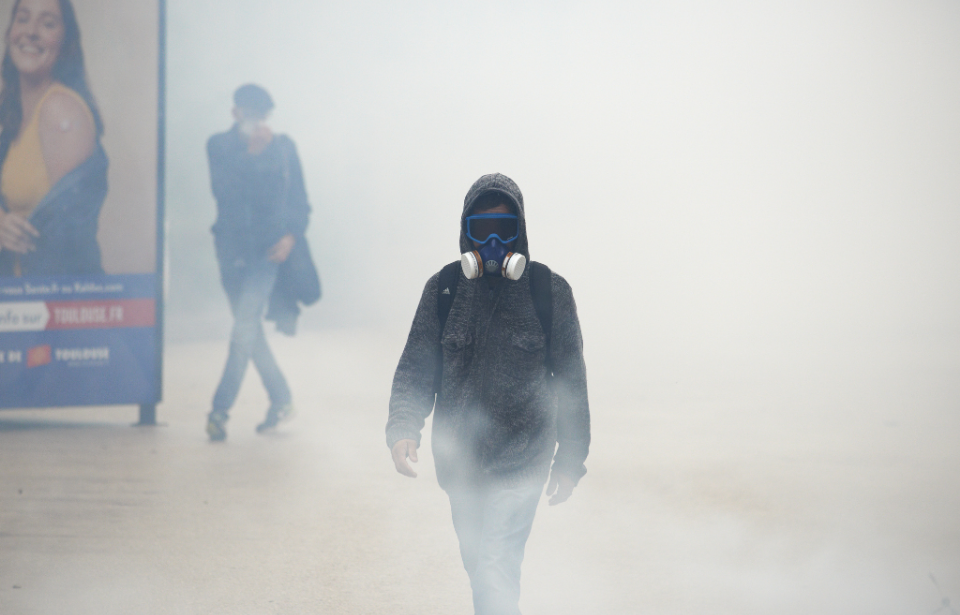The idea of banning certain weapons of war might seem ironic. After all, isn’t the purpose of weapons created for war to wreak havoc against other nations? However, some weapons that have surfaced throughout the history of warfare have seemingly caused so much unnecessary pain and suffering that they have been banned from use in any conflict.
Some specific types of weapons are banned entirely, while other weapons are subject to various limitations. Here we take a look at some of the most dangerous banned weapons of war.
1. Blinding Laser Weapons
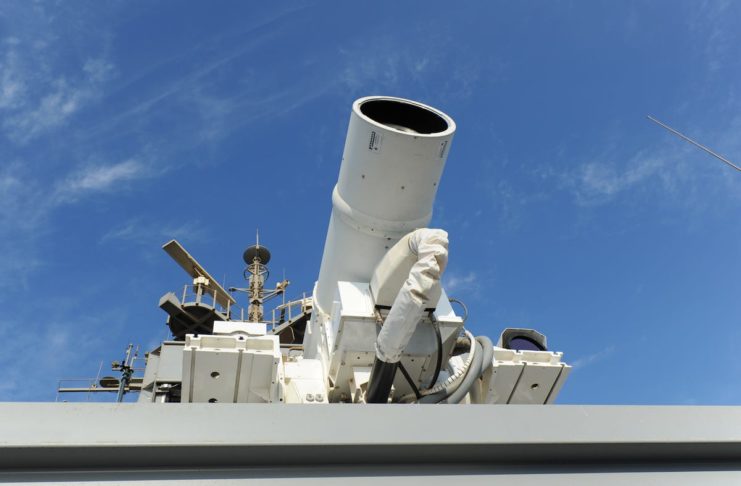
Blinding laser weapons are defined under international law as a weapon specifically designed, as their sole combat function or as one of their combat functions, to cause permanent blindness to unenhanced vision (that is, to the naked eye).
Blinding laser weapons were banned in 1995, under Protocol IV of the Convention on Certain Conventional Weapons. Although blinding laser weapons that have been specifically designed to blind a person have been banned, “blinding as an incidental or collateral effect of the legitimate military employment of laser systems, including laser systems used against optical equipment” is not covered under the Protocol on Blinding Laser Weapons. In other words, if blindness occurs from a laser whose main intended purpose is not to blind, then that is okay.
Although this sounds like a weapon straight out of a science fiction movie, mention of them infrequently appears in the media. So do blinding lasers even really exist? Well, the answer is of course they exist, or they wouldn’t have been banned in the first place.
America alone has many different types of blinding lasers, including dazzlers used in Iraq, although the weapon is used in different ways rather than just to blind its opponent. Similarly, the American media has argued that China has developed many different types of blinding laser weapons.
2. Chemical weapons
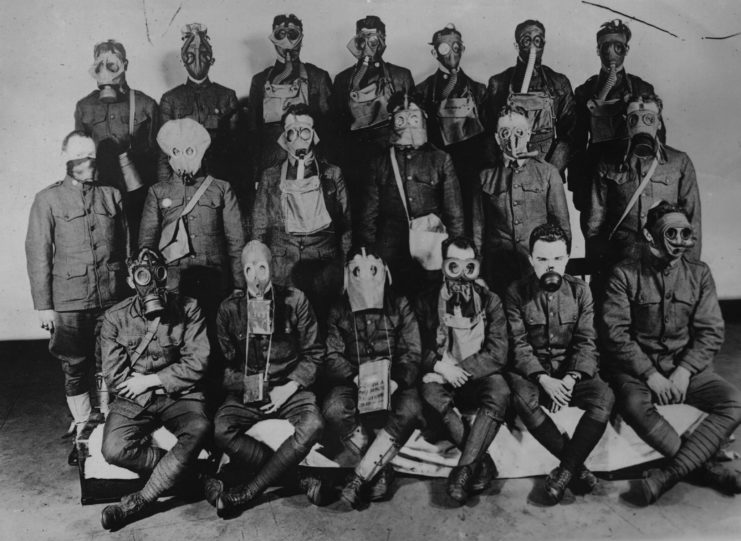
The modern use of chemical weapons began with the First World War when both sides developed and used poisonous gases on the battlefields. These chemical weapons used well-known commercial chemicals put into standard munitions, such as grenades and artillery shells. Perhaps the most famous chemical weapons used in the First World War that have since been banned are mustard gas, chlorine gas, and phosgene gas.
Mustard gas was the most common gas used throughout the First World War. Mustard gas caused chemical burns on contact and large, oozing blisters. When the blisters popped, the wounds typically became infected. Initial exposure was typically symptomless, so it was too late to take preventative measures by the time skin irritation had begun.
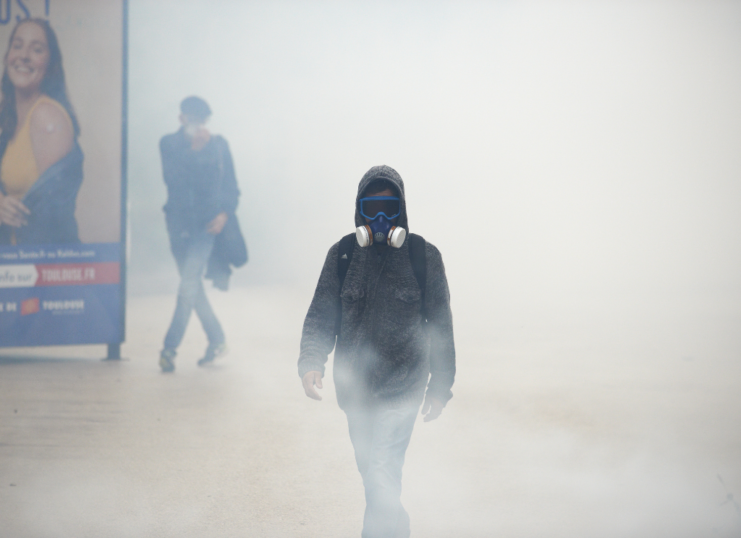
Chlorine and phosgene gas were also used throughout the First World War. Unlike mustard gas, which causes terrible skin wounds, chlorine and phosgene gases cause death by asphyxiation.
The Germans first used chlorine gas on April 22, 1915 during the Second Battle of Ypres. Phosgene gas, however, was much more lethal during the First World War as it was colorless, meaning soldiers would not be aware until days later that they had inhaled the gas. Days after the attack, the victims’ lungs would fill with fluid, and they would slowly suffocate. Phosgene gas was responsible for 85% of chemical-weapon fatalities during the First World War.
There was a large public outcry against the chemical weapons used in the First World War. As a result, the Geneva Protocol signed in 1925 banned the use of chemical weapons in war but did not outlaw their development or stockpiling.
Other types of chemical weapons have been banned since the 1925 Geneva Protocol, including nerve agents that break down the neurotransmitters that allow organs to function. Victims who inhale these nerve agents slowly lose control of their bodily functions, and death eventually comes from respiratory failure.
Similarly, nettle agents have also been banned. Nettle agents irritate the skin but do not cause blisters. Different chemical weapons, including tear gas and pepper spray, were banned for use in war at the 1993 Convention on the Prohibition of Chemical Weapons.
3. Biological weapons
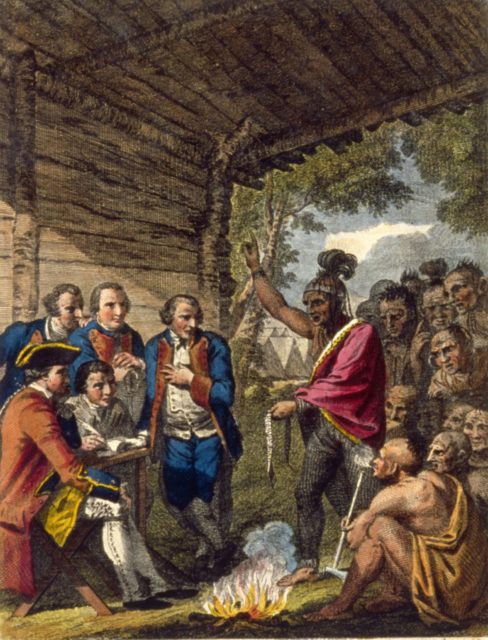
Biological weapons are some of the oldest weapons used in warfare for mass destruction. Examples of biological warfare can be seen throughout history. For example, during the European colonization of North America, smallpox was used intentionally to wipe out the Native Americans who lived there by gifting blankets infested with the disease to different tribes.
Smallpox was a European disease that Native Americans did not have any immunity to yet. Similarly, in 1343 during the Siege of Caffa, the Mongols tossed rotting corpses over the city walls to spread disease and infection throughout the city.
The weaponization of diseases is obviously horrible and very dangerous. Biological weapons were effectively banned in 1972 with the Biological Weapons Convention. The provisions of this convention prohibit the development, production, and stockpiling of biological weapons.
4. Poisoned Bullets

One of the earliest weapons banned from warfare were poisoned bullets. In 1675, the Strasbourg Agreement, signed between France and the Holy Roman Empire, was created in response to the increased use of poisoned bullets.
Although toxins as a weapon can be traced back to ancient history, the poisoned bullets prohibited in the 1675 Strasbourg Agreement were actually developed by Leonardo da Vinci, who developed a bullet that had powdered arsenic and powdered sulfur packed into shells.
The 1675 Strasbourg Agreement stated that neither the French nor Holy Roman Empire would use poisoned bullets in conflict, making it the first agreement in modern history to ban a weapon of war.
5. Incendiary weapons
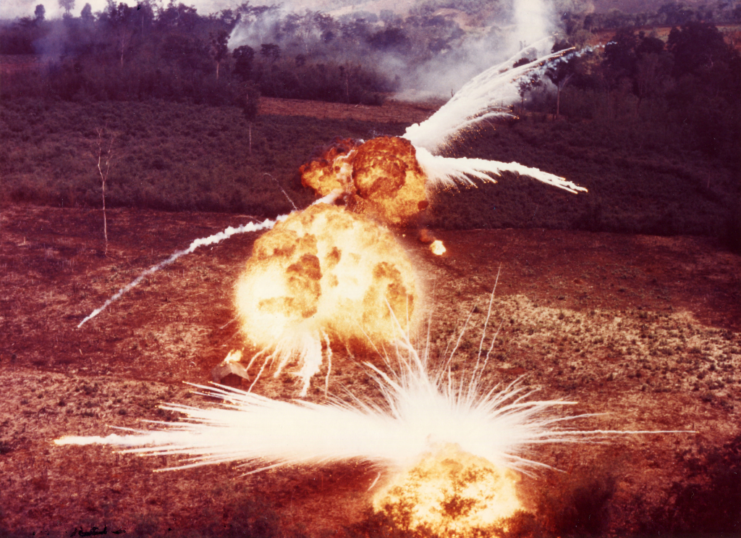
Incendiary weapons are defined as devices specifically designed to cause fires. Incendiary weapons such as napalm are devastating weapons that have been used in some of the deadliest conflicts and battles in human history. Napalm was dropped on 66 Japanese cities during the Second World War by American pilots. Similarly, from 1963 to 1973, 388,000 tons of napalm were dropped on Vietnam, terrorizing Vietnamese citizens who were innocent bystanders in this conflict.
Certain incendiary weapons were banned under Protocol III at the 1980 Convention on Certain Conventional Weapons. Weapons whose primary design is to set fire to objects or to cause burn injuries to persons through the actions of flame, heat or a combination of the two were banned outright.
There are limitations to the usage of flamethrowers, shells, rockets, bombs, and napalm. For example, napalm as a substance itself is not banned as a weapon of war, but using it on anything other than a concentrated area where an enemy is located is forbidden.
6. Landmines
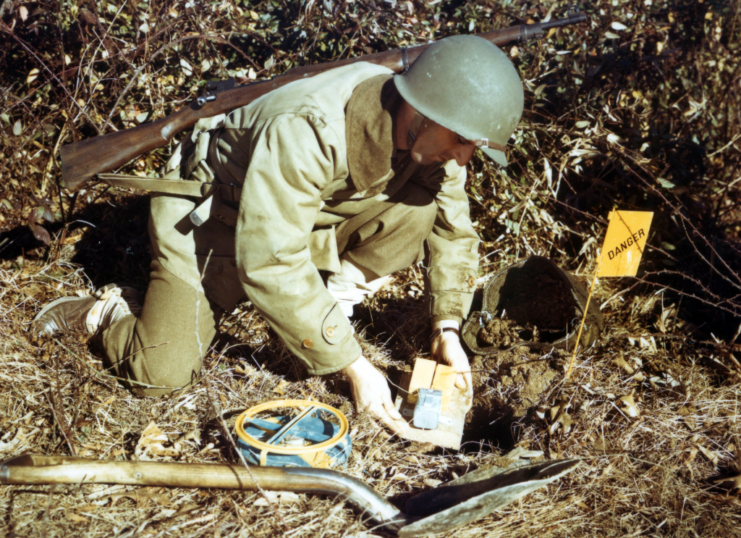
Landmines are one of the most dangerous weapons of war ever developed — not just because they target civilians, but because there is such a variety of different landmines that have been developed. The 1997 Convention on the Prohibition of Anti-Personnel Mines (also known as the Ottawa Treaty) banned anti-personnel mines, a form of mines designed for use against humans.
The Ottawa treaty did not ban anti-tank mines, booby traps, and remote mines. In 1996, an amendment was made to Protocol II to the Convention on Certain Conventional Weapons to regulate but not outright ban booby traps and other exploding devices. However, this Protocol does ban the use of non-detectable anti-personnel mines and the use of non-self-destructing and non-self-deactivating mines outside of fenced and monitored areas.
Non-detectable anti-personnel mines are essentially plastic mines, which are no less dangerous than metal landmines, but they are much harder to detect during war and in times of peace because metal detectors cannot locate them. Furthermore, the plastic pieces used in non-detectable mines cannot be X-rayed by doctors, so the injuries they cause are much harder to treat.
Non-self-destructing landmines are landmines that pose a risk to civilians as they have the potential to detonate at any time. All landmines must now be equipped with a timer to render themselves harmless so they do not pose a threat if abandoned or forgotten.
7. Cluster munitions
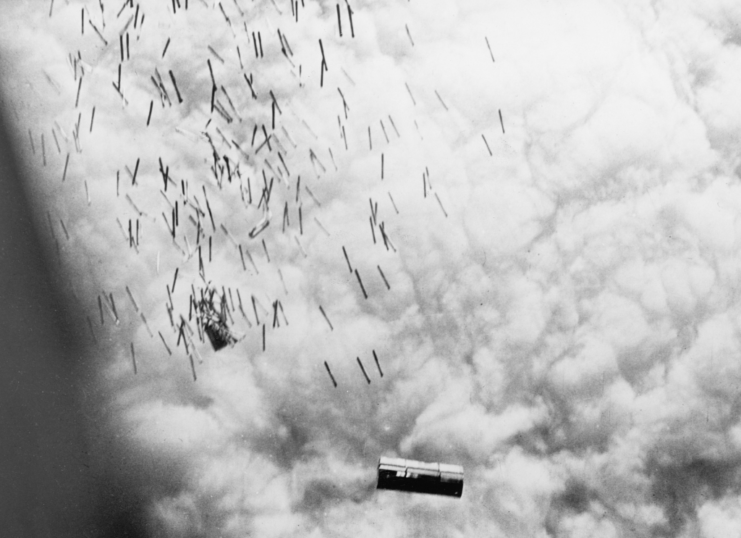
One of the most recently banned weapons of war is cluster munitions, or cluster bombs, which were banned at the 2008 Convention on Cluster Munitions. A cluster bomb is a weapon that releases a number of projectiles upon impact to injure or damage people, vehicles, or structures. These weapons are extremely dangerous as there is no way to distinguish civilians from combatants. Furthermore, cluster bombs leave behind large numbers of unexploded munitions.
More from us: Hill 400 And Hürtgen Forest: The Longest Battle Fought On German Soil During WWII
The 2008 Convention on Cluster Munitions banned any use of cluster bombs, as well as the development, production, or stockpiling of these weapons.
